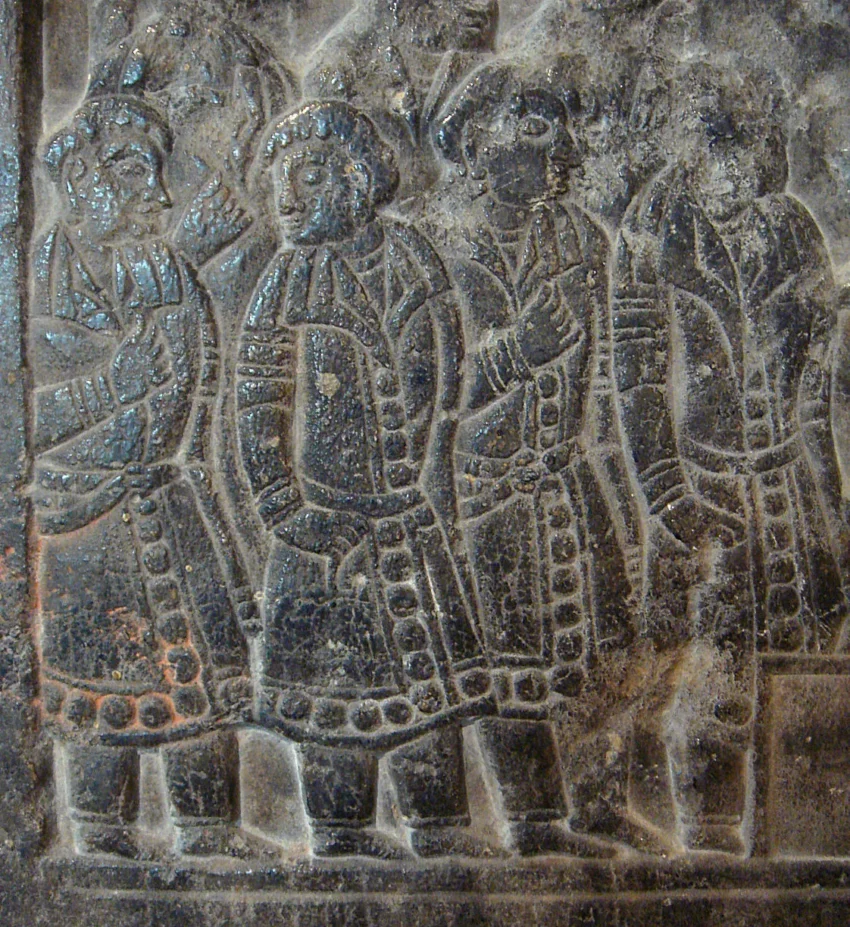The Intricate Journey of the Anyang Funerary Bed: Unveiling a Blend of Cultures
The Anyang Funerary Bed, also known as the Bed of Ts’ao Ts’ao, is a captivating glimpse into the cultural exchange between China and Sogdiana during the 6th century AD. Dating back to the Northern Qi dynasty (550-577 AD), this elaborate bed belonged to a Sogdian merchant or official who held high status in China.
Get your dose of History via Email
Unearthed in 1911 in Anyang, the ancient capital of the Northern Qi, the bed’s story took a scattered turn. Today, its eight components are spread across museums worldwide, including the Freer Gallery of Art, the Museum of East Asian Art in Cologne, the Boston Museum of Fine Arts, and the Guimet Museum in Paris.
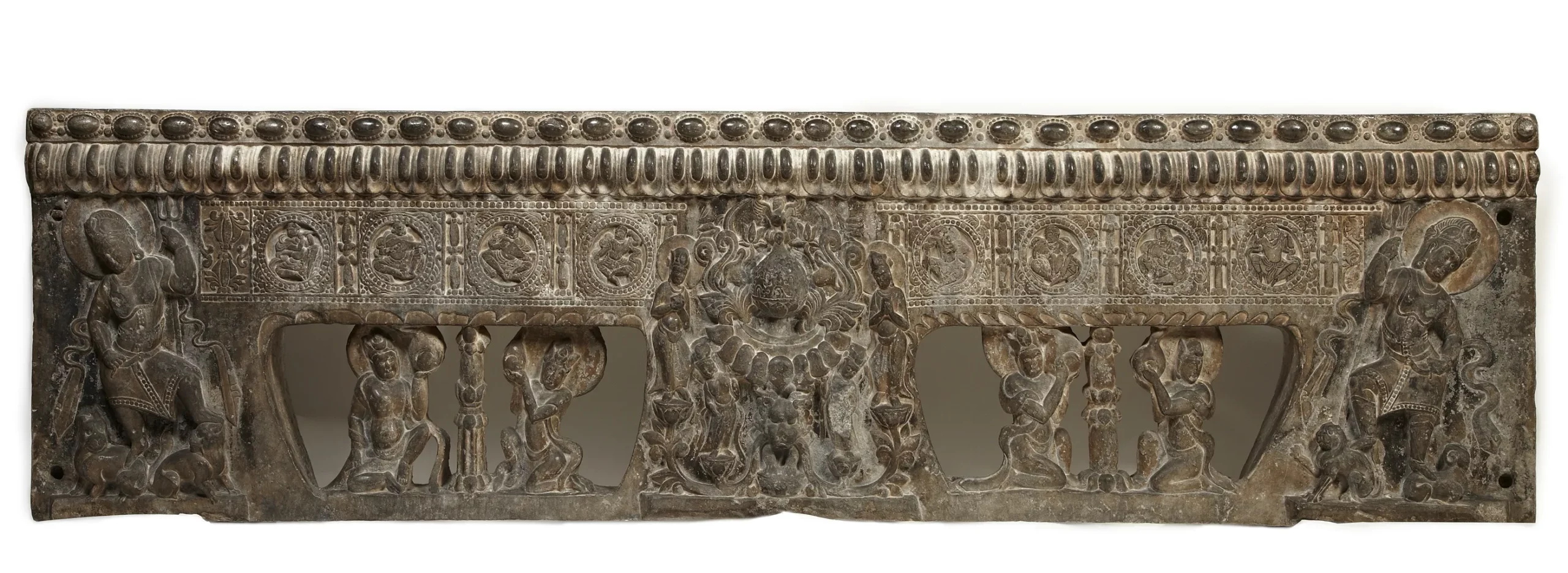
A Fusion of Art and Belief
The bed’s artistry reveals a fascinating blend of Sogdian and Chinese influences. Musicians depicted in Sogdian attire play instruments, while a Buddhist scene adorns another section. This unique combination reflects the cultural exchange that thrived during this period.
One particularly interesting detail is the depiction of the Sogdian Whirl dance. This dynamic performance was so revered that it even reached the Tang court centuries later, where Emperor Xuanzong and his concubine famously performed it.
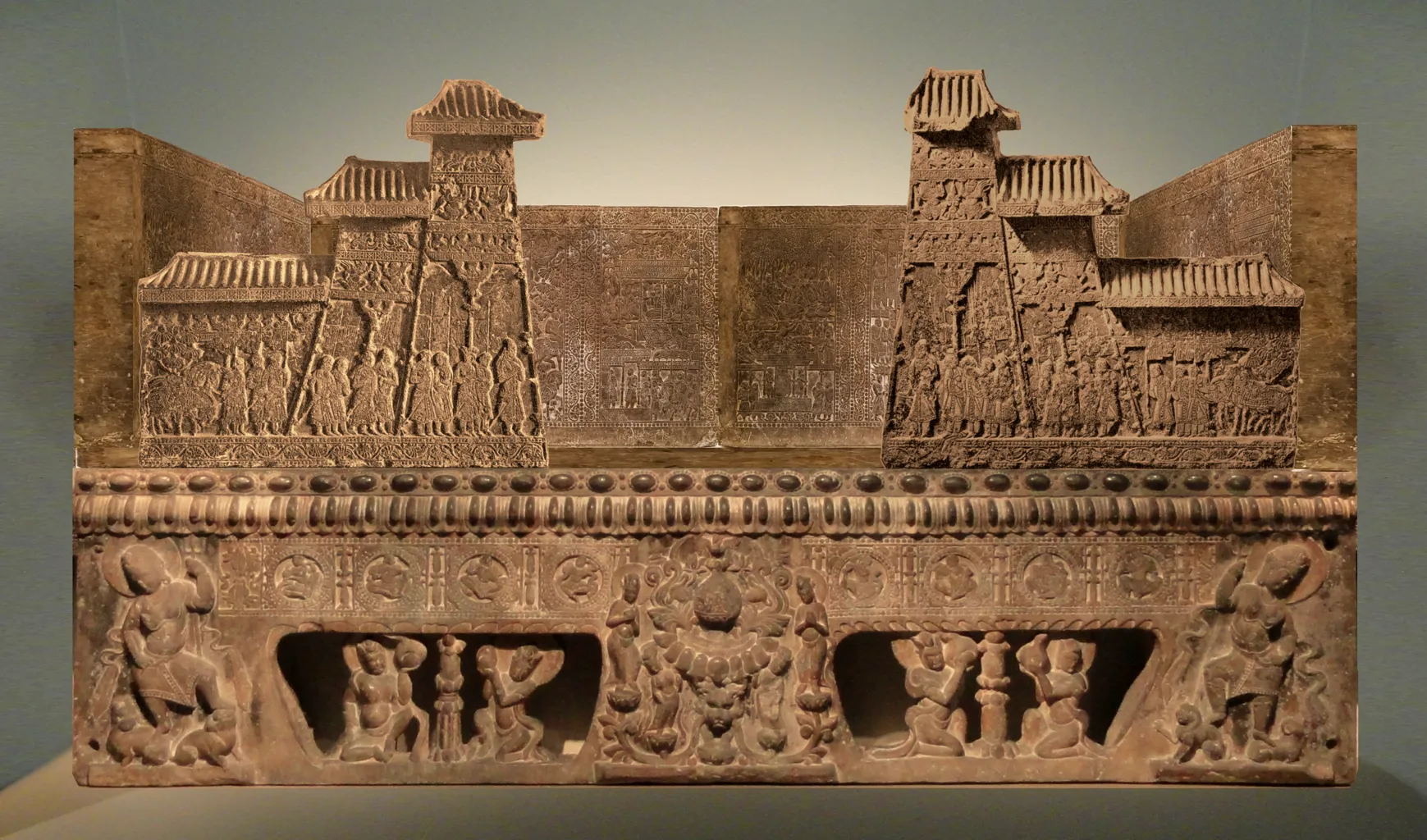
A Testament to Cultural Exchange
The Sogdian merchant who owned the bed remains shrouded in mystery, as the epitaph that likely accompanied the tomb is lost. However, in 1958, scholar Gustina Scaglia recognized the scattered pieces as belonging to a single, magnificent funerary bed.
While stone funerary beds were common in northern China during this era, the Sogdian example stands out for its lavishness. Only surpassed by imperial tombs, it highlights the prominent social standing Sogdians held in Chinese society.
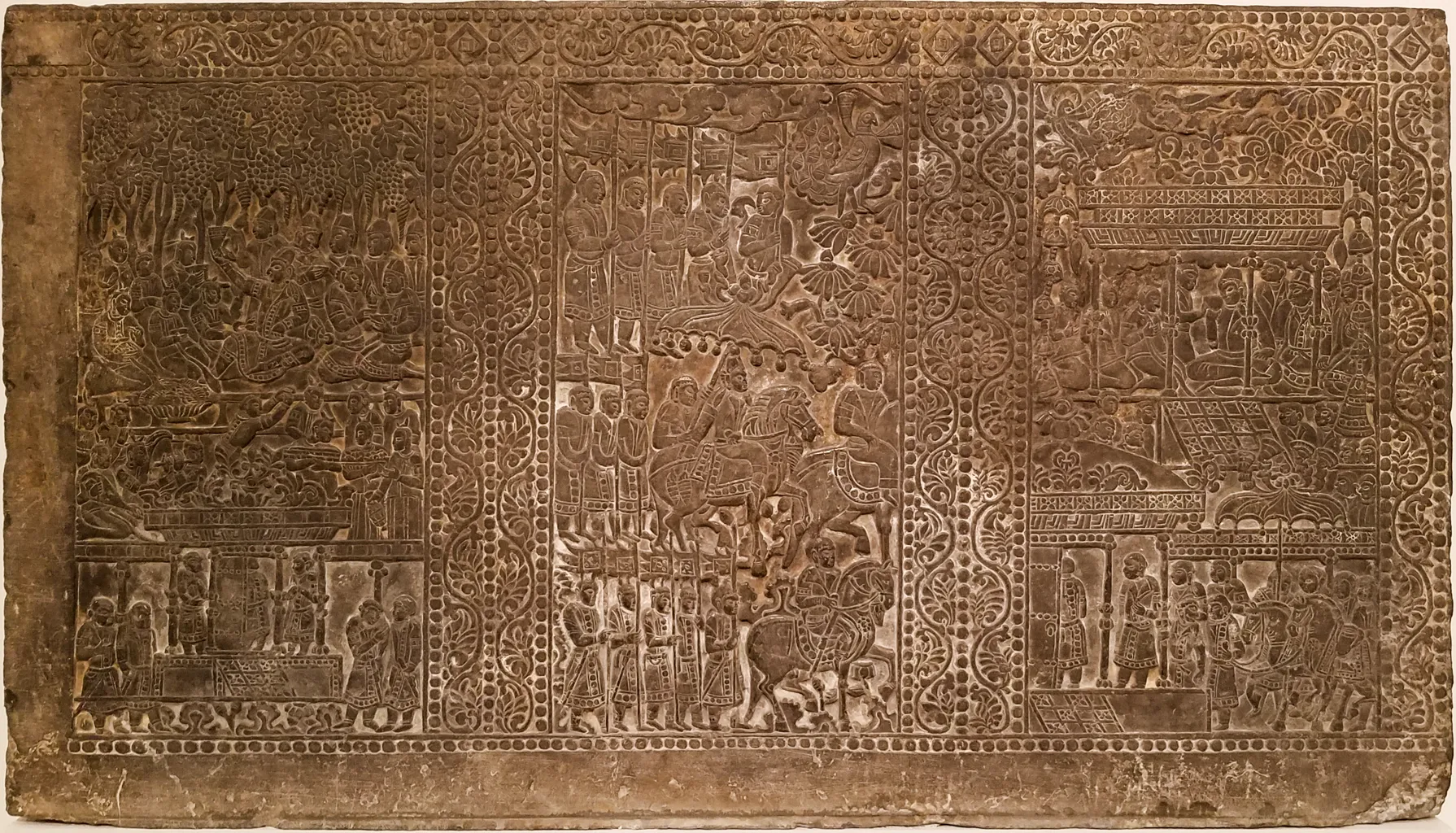
A Legacy Beyond Its Time
Sogdian influence on Chinese funerary practices waned during the Tang dynasty, likely due to restrictions on burial customs. However, the cultural exchange fostered during the Northern Qi period undeniably left its mark on China’s artistic and social landscape.
The Anyang Funerary Bed serves as a powerful symbol of this rich exchange. Its intricate carvings and dispersed journey offer a glimpse into a bygone era of cultural fusion and social mobility in ancient China.
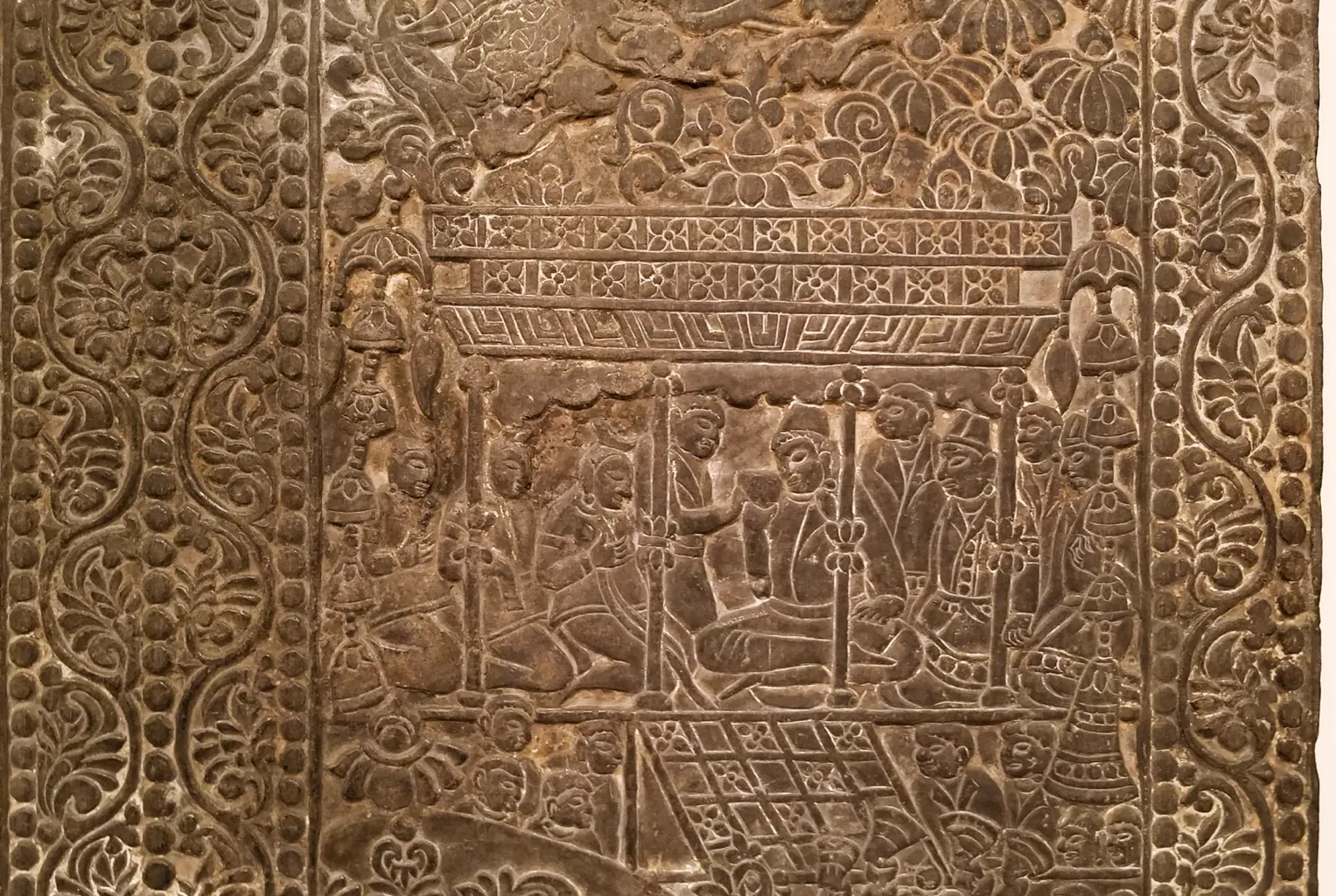
Sources


